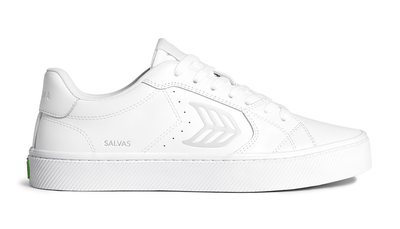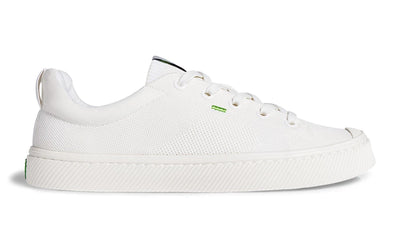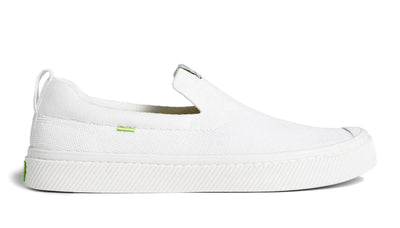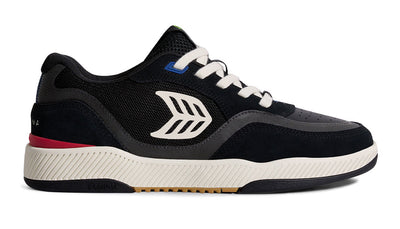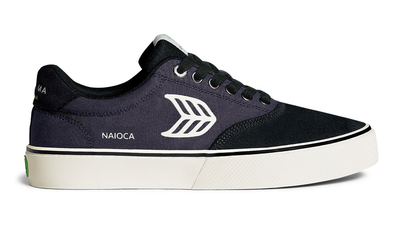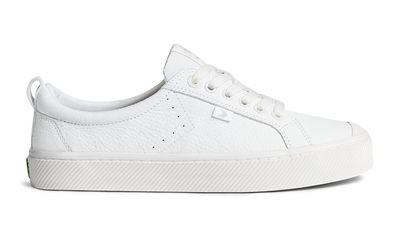Our Path to Eco-Friendly Leather Footwear: How We Ensure Sustainable Practices
To cultivate a greener future, it's essential to embrace eco-friendly practices, especially in the manufacturing of fashion items. As a brand focused on sustainable footwear, our leather line exemplifies our commitment to using materials sourced responsibly. In this article, we’ll delve deep into how we ensure eco-friendly practices in our leather line while making shoes that combine style, comfort, and environmental consciousness.
Understanding the Need for Sustainable Leather
Leather is a luxurious material that has been utilized in fashion for centuries. However, its conventional production can have severe environmental consequences, including excessive water usage, pollution from tanning processes, and deforestation associated with animal grazing. Recognizing these issues, we have sought innovative methods to mitigate environmental impacts while providing high-quality leather footwear.
The Environmental Impact of Traditional Leather Production
The production of conventional leather often entails:
- Water Consumption: The leather tanning process can require thousands of gallons of water per ton of leather.
- Chemical Pollution: The use of toxic chemicals during tanning can lead to serious ecological damage and adversely affect local communities.
- Biodiversity Loss: Livestock farming for leather reduces forest cover, leading to habitat loss for various species.
Consider the following table showcasing the environmental impacts of traditional leather vs. sustainable practices:
| Impact Factor | Traditional Leather | Sustainable Leather |
|---|---|---|
| Water Usage (liters per kg) | 15,000 | 5,000 |
| Chemical Waste (toxic) | High | Minimal |
| Deforestation (hectares) | High | Low |
| Carbon Emission | High | Significantly reduced |
Our Sourcing Philosophy: The Eco-Friendly Way
Emphasizing our commitment to sustainability, we prioritize eco-friendly leather sourced from tanneries that adhere to stringent environmental standards. Our vision is to create footwear that resonates with conscious consumers.
Responsible Sourcing Practices
We ensure our leather comes from reputable, certified sources that embrace sustainable practices. Here’s how we approach leather sourcing:
- Animal Welfare: We work with suppliers that ensure humane conditions for livestock, improving quality and sustainability.
- Waste Minimization: Our partners utilize production methods that significantly reduce waste through innovative tanning processes.
By choosing our products, such as The OCA Low Leather Sneakers, customers are supporting sustainable leather sourcing.
Transparency in Our Supply Chain
Trust plays a crucial role in consumer choices. To maintain transparency, we regularly audit our suppliers, ensuring they adhere to environmental guidelines.
- Traceability: We can trace our leather back to its source, confirming ethical practices.
- Environmental Certifications: Our suppliers hold certifications like the Leather Working Group (LWG) Gold or Silver ratings.
Innovative Tanning Techniques: Reducing Our Footprint
Tanning is an integral part of leather production, traditionally associated with harmful chemicals and heavy environmental footprints. Luckily, we have pioneered alternative tanning processes that minimize these effects.
Vegetable Tanning: A Natural Alternative
Vegetable tanning is one of the most eco-friendly methods available. This process uses natural tannins derived from plants and trees, significantly reducing the use of toxic chemicals. Here’s how it benefits our leather products:
- Healthier for Workers: Reduces exposure to harmful chemicals in the workplace.
- Biodegradable: The natural tannins break down more effectively, minimizing landfill contributions.
When opting for shoes from our Salvas collection, such as Salvas Leather Women or Salvas Leather Men, customers can enjoy sustainable footwear without compromising on style or comfort.
Cradle-to-Cradle Approach
Our commitment to the environment extends beyond production. By implementing a cradle-to-cradle approach, we aim to ensure our leather products can be recycled or repurposed at the end of their lifecycle, further reducing waste. Here are the key steps we’re taking:
- Design for Disassembly: Our shoes are designed to allow easy disassembly for repair or recycling.
- Recycling Programs: We engage customers with programs to return worn footwear, promoting circularity in fashion.
Footwear Styles to Love While Being Eco-Conscious
We firmly believe that sustainable fashion should not sacrifice style. Our eco-friendly leather line brings a range of trendy options without compromising our environmental ethos.
Highlighting Our Unique Footwear Lines
Here’s a look at some of our standout styles that epitomize sustainable fashion:
- OCA THERMA High Women: A contemporary twist on classic high-top sneakers. Available in different stylish colors, perfect for casual wear. Check it out here.
- Ibira Men: Cozy yet chic, these boots offer comfort and resilience against the elements. Explore more Ibira Men.
By integrating quality craftsmanship with sustainable materials, we demonstrate that eco-friendly fashion is achievable and stylish.
Versatility Meets Sustainability
Our footwear is designed to be versatile, accompanying you through varied occasions without falling short on sustainability:
- Everyday Wear: Our sneakers are perfect for daily outings.
- Special Events: Dress them up or down for varying occasions, ensuring you look good while feeling better about your choices.
Walking the Talk: Our Commitment to Eco-Friendly Practices
Our eco-friendly journey is an ongoing commitment to improving our practices and communicating transparently with our customers. We don’t just make shoes; we create solutions for a sustainable future.
Continuous Improvement in Practices
We believe maintaining high sustainability standards requires ongoing assessment. By regularly reviewing our practices, we make necessary adjustments for improved efficiency and environmental impact. Key areas we monitor include:
- Energy Usage: Striving to reduce energy consumption across production and logistics.
- Carbon Offset Initiatives: Engaging in programs that promote tree planting and renewable energy projects.
Educating Our Consumers
Our mission is to empower consumers through information. The more informed our customers are, the greater impact they can have on the environment. We provide educational resources to help make informed purchasing decisions, highlighting why sustainable choices matter.
Our Eco-Friendly Footprint: A Reflection
Building a sustainable brand is a complex but fulfilling endeavor. We consider sustainability not just a goal but a continuous journey. By choosing our eco-friendly leather footwear, consumers actively participate in reducing environmental harm and promoting ethical fashion.
Empowering Change Through Purchase Decisions
Every purchase has the power to catalyze change. As an eco-conscious brand, we encourage our customers to support sustainable practices, reinforcing that ethical fashion is not a trend but a lifestyle choice.
The Future of Eco-Friendly Fashion
The demand for sustainable products is on the rise. As more customers seek eco-friendly footwear, we remain dedicated to pioneering new materials, innovative technologies, and responsible practices. As carriers of this collective vision, we inspire others to follow suit.
By visiting our website, you can explore our full range of products and be part of the solution: Shop our eco-friendly footwear.
In our pursuit of making eco-conscious choices part of mainstream fashion, we invite you to walk with us, one stylish step at a time. Let's pave the way for a sustainable future where style meets consciousness, beginning with our leather line.

